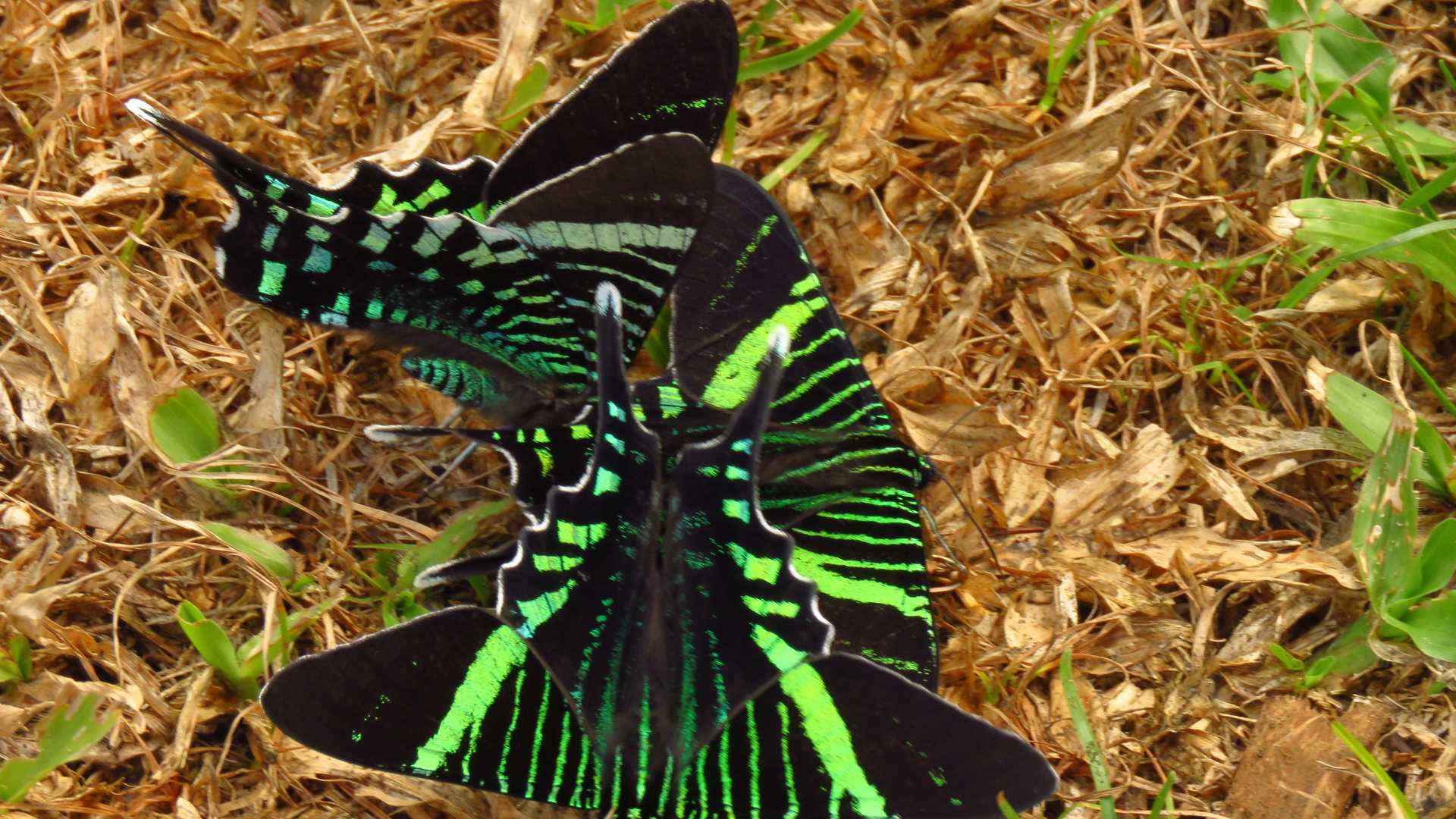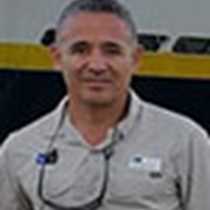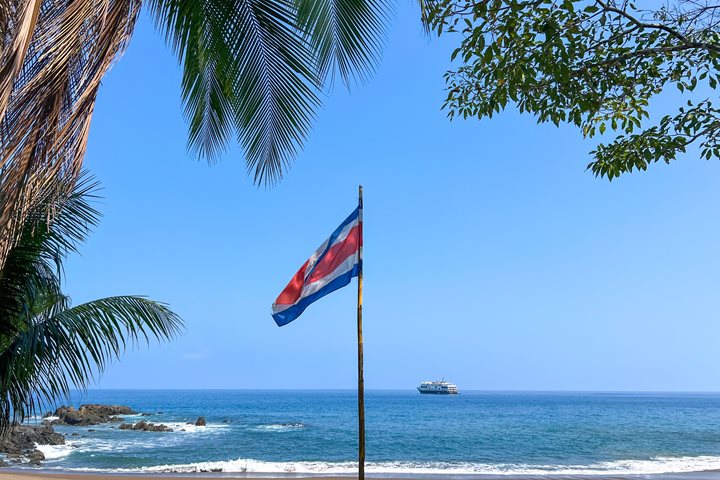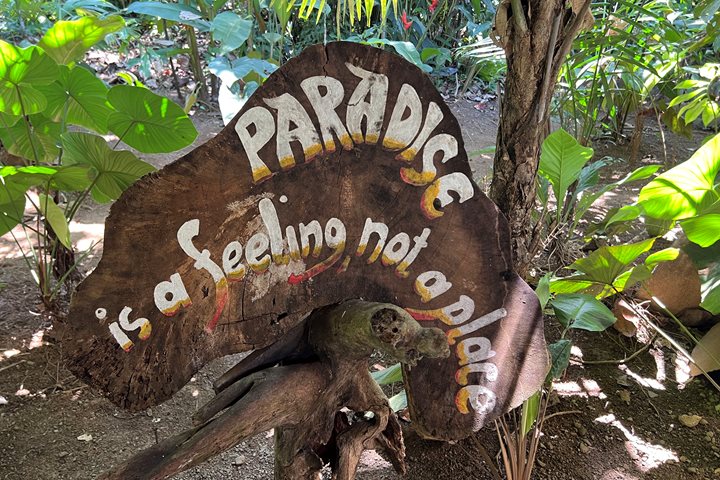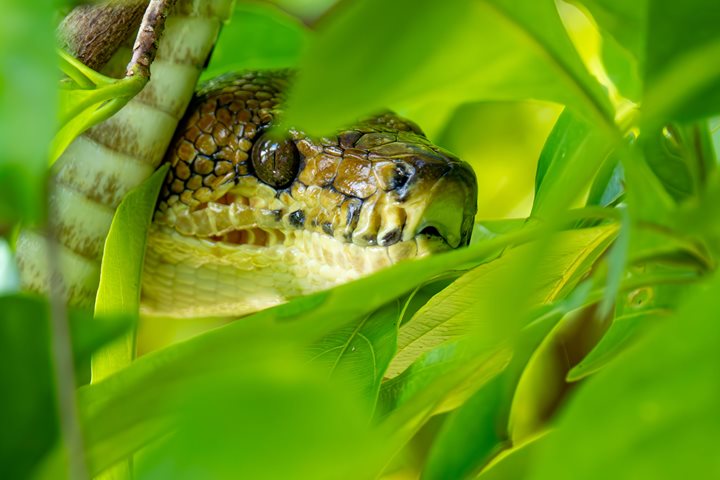Our second day in Costa Rica allowed us to enjoy the amazing efforts of the entrepreneurs and families who joined efforts to conserve natural resources after learning about the benefits of protecting the environment. We learned about gold panning, a heart of palm farm, a chocolate farm, a rainforest reserve, and a traditional, family-run sugarcane mill. Everyone enjoyed the opportunity to get a taste of what life is like in Costa Rica’s rural communities.
Many of the families we visited were not involved with conservation efforts in the past. Some even saw the efforts as the enemy that prevented them from making a living. Most people are eager to live in harmony with nature, though, when they are approached for collaboration with a plan that ensures the income needed to survive.
The entrepreneurs’ passion is contagious. They are partners in reversing the effects of rapid deforestation during the 1940s to the 1980s, which reduced the country’s forest percentage to only 21%. Today, the national territory is covered in 52% forest, accomplished by connecting forests and building biological corridors. Growth like this is possible when communities are part of the problem-solving process. When we work together and unite forces, we can accomplish great things.
We enjoyed nature sightings throughout the day. Upon arriving at the beach and the sugarcane mill, scarlet macaws displayed their reds, yellows, and blues. We observed a northern oriole, a migratory visitor, as it played around near the gorgeous flowers of the pink poui tree (Tabebuia rosea).
Some guests took the Jacana Heart of Palm Tour to learn how two women decided to join the battle to protect nature, even after they lost part of their land to the national park. Today, these women are developing their agritourism project.
Midday, traditional dancers welcomed us to a picnic lunch at Playa Blanca.
During the Kobo Chocolate tour, we learned that agriculture can be sustainable. We can make great products while preserving nature and remaining environmentally friendly.
The Danta Rainforest offered lots of wildlife. A white hawk, a king vulture, yellow-throated toucans, and a laughing falcon appeared in the skies. Each animal has an interesting natural history. For example, laughing falcons are known for perching to look for prey, dropping their heads to the ground for the hunt, and flying back to their perch with a snake in their claws…but not before beheading the snake to avoid a snakebite.
After our visits, we all observed the release of a Pacific black turtle as part of the effort to help recover the population of marine turtles. After a full day, we enjoyed social hour, a recap session, dinner, and a lecture by a representative from Latin American Sea Turtles. There is hope for a better tomorrow, and each of our guests and Lindblad Expeditions work together to support Costa Rica. How rewarding it is to know that you can positively impact people’s lives when you travel.

